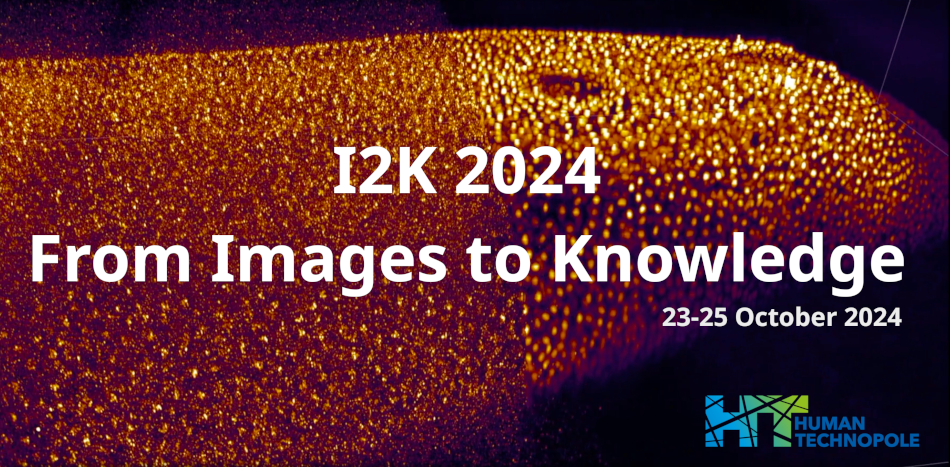Speaker
Description
DNA double-strand breaks (DSBs) can seriously threaten the integrity of the affected cell. To maintain its genetic information, the cell needs to repair DSBs as faithfully as possible.
In Escherichia coli, the RecBCD complex recognises and processes DSBs to generate a single-stranded DNA coated with the RecA protein, which is used to search for a homologous repair template. However, little is known about the in-vivo dynamics of this process: how long does RecBCD stay bound to DNA? What triggers its dissociation? How does the cell react to different levels of DNA damage?
To address these questions, we set-up a high-throughput, automated workflow for multi-colour imaging of RecBCD, RecA, and the bacterial nucleoid in live E. coli cells exposed to different concentrations of ciprofloxacin, a DSB-inducing antibiotic of clinical significance. The large quantity of data collected allowed us to gain insight into the rate of formation of DSBs by ciprofloxacin, as well as the in-vivo dynamics of RecBCD binding to DNA. In-depth understanding of the different steps of the DNA repair process in bacteria could help devise strategies against antibiotic resistance.
| Authors | Daniel Thedie*, Alessia Lepore, Lorna McLaren, Meriem El Karoui |
|---|---|
| Keywords | E. coli, DNA repair, single-molecule, fluorescence, live-cell imaging |

